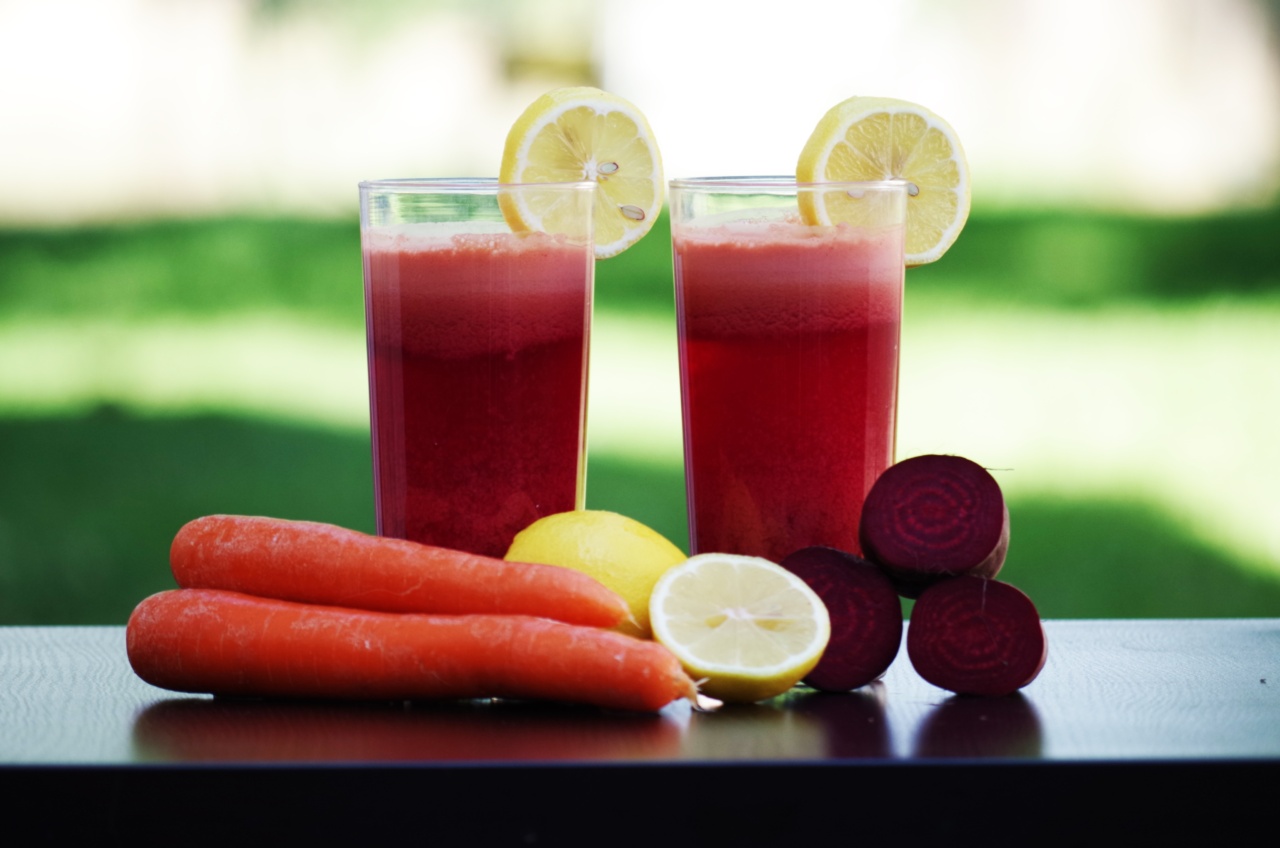A pressure-raising diet refers to a dietary pattern that includes foods and drinks known to increase blood pressure levels.
High blood pressure, also called hypertension, is a significant health concern as it can increase the risk of heart disease, stroke, and other cardiovascular problems. While a diverse range of factors can contribute to hypertension, including genetics and lifestyle choices, certain dietary choices can have a direct impact on blood pressure levels.
Understanding Blood Pressure
Before delving into pressure-raising diets, it is crucial to understand the concept of blood pressure. Blood pressure refers to the force exerted by the blood against the walls of the arteries as the heart pumps it through the body.
It is measured in millimeters of mercury (mmHg) and recorded as two numbers: systolic pressure over diastolic pressure. The systolic pressure represents the force when the heart beats, while diastolic pressure reflects the force when the heart is at rest between beats.
The Role of Diet in Blood Pressure
Diet plays a significant role in determining blood pressure levels. Certain nutrients, such as sodium and potassium, have particular effects on blood pressure.
High sodium intake is associated with elevated blood pressure, as it retains water in the body, increasing the total volume of blood and placing additional strain on the arteries. Conversely, a diet rich in potassium can help counteract the negative effects of sodium on blood pressure, as it relaxes the blood vessels and promotes proper kidney function.
Pressure-raising Foods
Several foods have been identified as pressure-raising due to their sodium content. These foods should be consumed in moderation or avoided altogether by individuals looking to maintain healthy blood pressure levels.
Some examples of pressure-raising foods include:.
- Processed meats such as bacon, sausages, and deli meats
- Canned soups and vegetables
- Salted snacks like potato chips and pretzels
- Fast food and restaurant meals
- Pickled or brined foods
- Sauces and condiments high in sodium
Pressure-raising Drinks
While focusing on pressure-raising foods is important, it is equally essential to be mindful of the drinks consumed. Certain beverages can contribute to increased blood pressure levels due to their sodium or caffeine content.
Some pressure-raising drinks to be cautious of include:.
- Sodas and other carbonated drinks
- Sports and energy drinks
- Packaged fruit juices with added sugars
- Alcohol, especially when consumed in excess
- Caffeinated beverages, such as coffee and some types of tea
The DASH Diet
The Dietary Approaches to Stop Hypertension (DASH) diet is a well-researched dietary approach aimed at reducing blood pressure levels. It emphasizes consuming a variety of nutrient-rich foods while limiting sodium and unhealthy fat intake.
The DASH diet encourages the consumption of:.
- Fruits and vegetables
- Whole grains
- Lean proteins, including poultry, fish, and legumes
- Low-fat dairy products
- Nuts and seeds
Following the DASH diet can help lower blood pressure levels and reduce the risk of developing hypertension.
Alternative Drinks to Lower Blood Pressure
While avoiding pressure-raising drinks, there are also specific beverages that can actively support healthy blood pressure levels. Consider incorporating the following drinks into your daily routine:.
- Water: Staying properly hydrated is essential for overall health and maintaining a balanced blood pressure.
- Hibiscus tea: Studies have shown that hibiscus tea can have a modest lowering effect on blood pressure.
- Green tea: Rich in antioxidants, green tea has been associated with lower blood pressure levels.
- Beetroot juice: The nitrates present in beetroot juice have been linked to reduced blood pressure.
- Skim milk: A good source of calcium and low in fat, skim milk is a healthier alternative to high-sodium beverages.
Additional Tips for Managing Blood Pressure
In addition to making dietary changes, several lifestyle modifications can help manage blood pressure levels effectively:.
- Regular physical activity: Engaging in exercise or physical activities such as walking, swimming, or cycling can help lower blood pressure.
- Weight management: Maintaining a healthy weight or losing excess weight can significantly impact blood pressure.
- Stress reduction: Stress can contribute to increased blood pressure levels, so it is vital to find healthy ways to manage and reduce stress.
- Limiting alcohol consumption: Excessive alcohol consumption can raise blood pressure, so it is advisable to drink in moderation.
- Reducing sodium intake: Minimize the use of added salt in cooking and opt for low-sodium alternatives when possible.
The Importance of Regular Blood Pressure Monitoring
Lastly, it is crucial to regularly monitor your blood pressure levels, even if you are making positive dietary and lifestyle changes.
Regular monitoring will help gauge the effectiveness of your efforts and allow for prompt medical intervention if necessary. Blood pressure can be monitored using home blood pressure monitors or through regular check-ups with healthcare professionals.




























